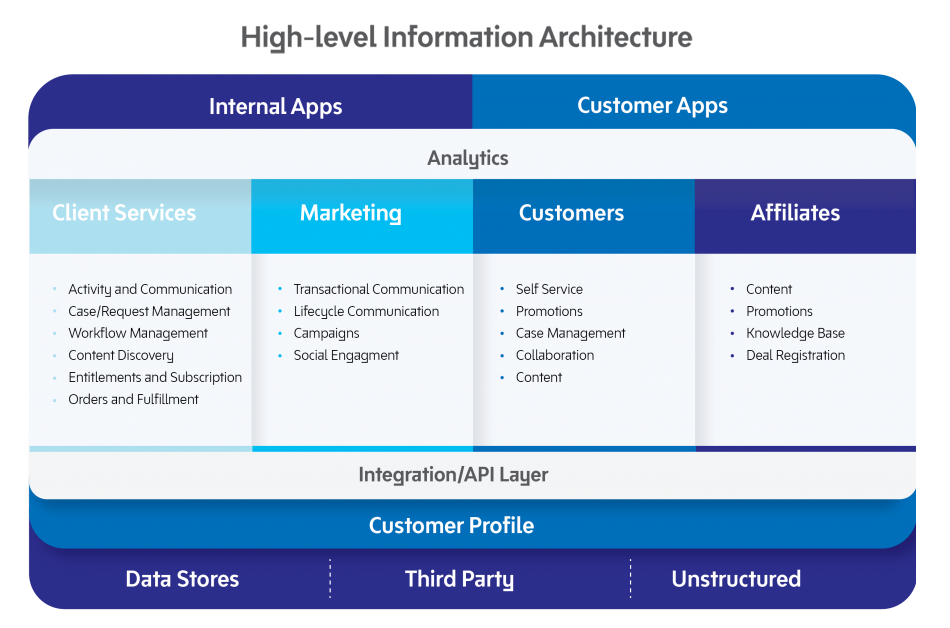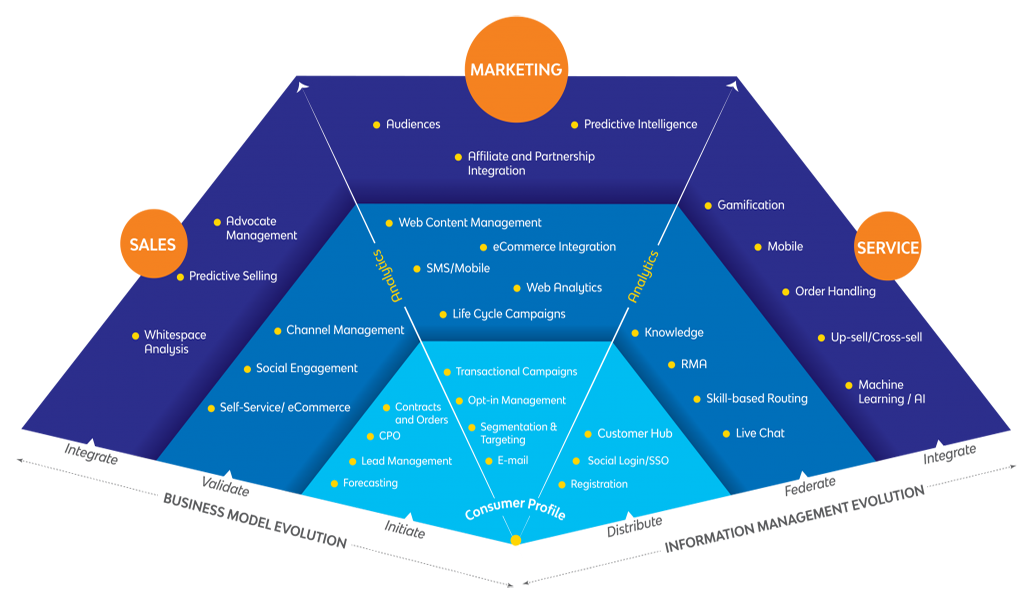Guiding Principles for Orchestrating IT-driven Digital Transformation
Digital transformation (DX) has been the buzzword in the enterprise world for a few years now. Companies of all sizes, across industries, are talking of initiatives to reimagine themselves for the rapidly evolving digital era, where engagement is the operative word.
However, most the DX programs set in motion, represent piecemeal approaches to revamping different organizational units and functions, rather than orchestrating an enterprise-wide overhaul. In fact, 47% of companies are yet to embark on DX, despite recognizing its importance, the 2016 State of Digital Business report published by Progress notes.
Four Pillars of Digital Transformation:
1. Resolving technical debt
One major impediment to designing and rolling out a pan-organizational DX initiative, is the heavy “technical debt” that many firms have amassed over the years. This “debt” is a byproduct of the relative lack of emphasis on process and technology maturation during expansionary periods; and reflects a company’s hierarchies, processes and communication structures.
What’s more, systems keep getting built to support these structures, and are difficult to change, as time goes by. Therefore, it is imperative for organizations to wake up to this reality, and take systematic measures to resolve their “technical debt”.
2. Evolving business model
Another key determinant of the success, or the lack thereof, of any DX initiative is the revamping of business models. Many companies think merely enabling compelling digital interaction channels, is sufficient for creating a lasting impact on the marketplace and consumers.
For DX to deliver the desired business outcomes, enterprises must revisit their fundamental principles regarding how products are developed, sold, delivered and supported. This implies finding new ways to sell or bundle existing products, or diversifying revenue streams, to cope with increased connectivity and engagement, the BT CIO report 2016 points out.
For example, a company that traditionally sold widgets through distributors, may now choose to build long-term, direct customer relationships by providing personalized, on-demand products.
3. Facilitating cultural reorientation
Successful digital transformation also requires a cultural shift across the organization, where peer collaboration and engagement become the principal drivers of change. Companies that aggressively invest in cultural reorientation will gain significant competitive advantage by reducing time to market, a recent Forrester study forecasts.
A crucial facet of this reorientation will be making each and every employee an active ambassador of the brand. For instance, front-line agents might have to be repositioned as “advisors”, and back-office roles could be closely intertwined with customer-centric activities.
4. Addressing data deluge
As organizations continuously refine their business strategies in the disruptive digital world, effective DX implementation will require a solid data and technology foundation that is flexible and adaptive.
This is vital, since one of the biggest problems CxOs face today, is the deluge of information they must grapple with, in terms of processing both internal and external data. Take customer data as a case in point– huge volumes of information are being collected from web, social and crowdsourcing channels, across multiple dimensions including demographics, and product usage.
For all this data to enable business decisions in a tangible manner, existing data analytics models must evolve though, wherein they can generate actionable intelligence. Unfortunately, bulk of the data is currently locked in various IT silos across lines of business, functions and departments. As a result, 53% of marketers lack access to relevant data for personalizing content for their target audience.
Three Keys to Digital Success:
1. Data map
Unlocking these data silos requires organizational-wide data governance and executive sponsorship. A great starting point would be to chart out a data map that defines ownership, systems and boundaries of information, in order to prioritize high-impact opportunities. Such a map can help determine high-value interactions that could be enriched through data-driven recommendations.
2. Unified information architecture
Based on this, you can define an information architecture, like the one shown below, for supporting the desired business model and processes. Make sure while designing this framework, that the underlying technology should allow interoperability across various systems and data sources.

3. Right platforms
Implementing a next-generation data framework will not suffice on its own, though. To make your organization truly agile and responsive, you will have to revamp various IT tools that underpin core operations, and make them intuitive and user-friendly.
It’s worth bearing in mind here that your IT setup should primarily revolve around two aspects. One, a set of core platforms should be provisioned for addressing customer engagement, data orchestration, and product/service delivery. Second, these platforms may need to be supplemented with point solutions that cater to tactical needs.
Such capabilities can be rolled out in a gradual manner, in alignment with the evolution of the overall business model and information architecture. This will allow you to reap the benefits of DX initiatives faster, while driving the requisite internal changes.
The following diagram depicts how this idea could be executed in steps:
- Define and enable holistic consumer profiles that can be enriched over time, alongside the base capabilities
- Focus on downstream processes and omni-channel engagement
- Leverage advanced technologies, and fine tune strategies, to maximize customer share of wallet, lifetime value and satisfaction

Conclusion
There is no end state in digital transformation. This is, and will remain, a constantly evolving landscape, as customer dynamics and needs keep changing. Companies will have to effectively iterate their operating models accordingly, to remain relevant. This means applying loosely coupled processes and systems across business models, data, technology and people to create an adaptive structure for success.
If this task proves a bit overwhelming, then strategic partnerships could come in handy, by expediting the speed of innovation and learning within the organization. Outsourcing some of the digital program components like product strategy, application development and data science could allow you to maintain the momentum of your DX program, while enabling internal focus to drive the cultural evolution.
More from Dmitri S. Novomeiski
The automotive industry has evolved rapidly over the past decade with the shift towards electrification,…
Channel partner strategy is an essential growth vector for many organizations across industries.…
As we know, data is being termed as the proverbial “new oil.” The success of an organization…
"In with the new and out with the old"- This is a philosophy that governs many aspects of our…
Latest Blogs
Core banking platforms like Temenos Transact, FIS® Systematics, Fiserv DNA, Thought Machine,…
We are at a turning point for healthcare. The complexity of healthcare systems, strict regulations,…
Clinical trials evaluate the efficacy and safety of a new drug before it comes into the market.…
Introduction In the upstream oil and gas industry, drilling each well is a high-cost, high-risk…




